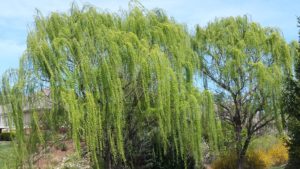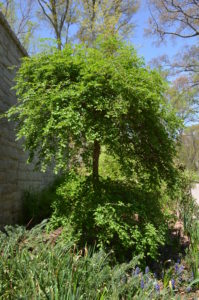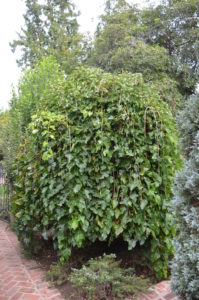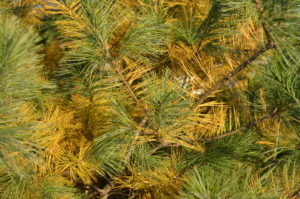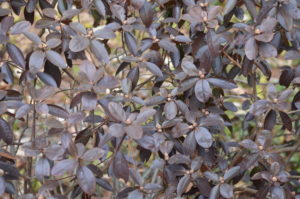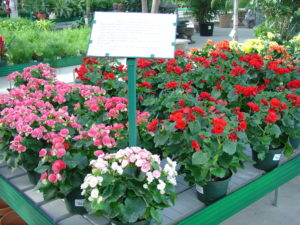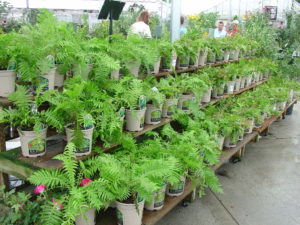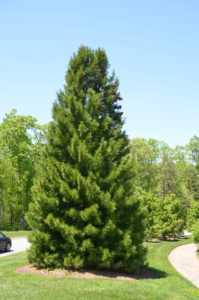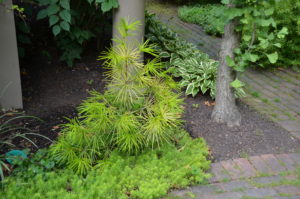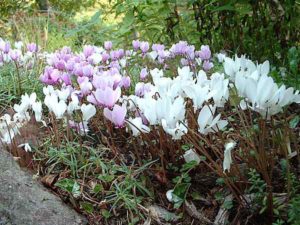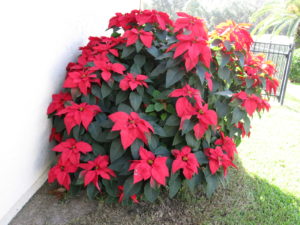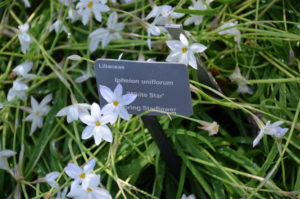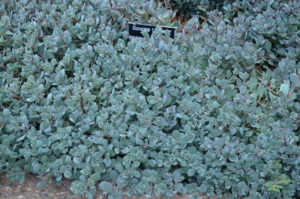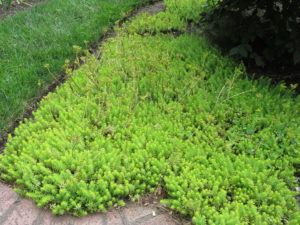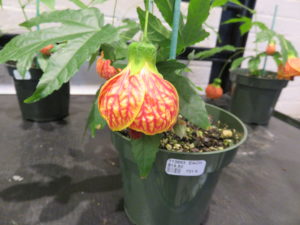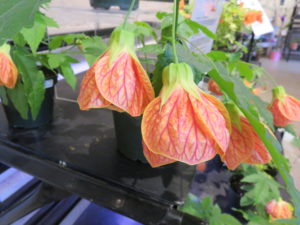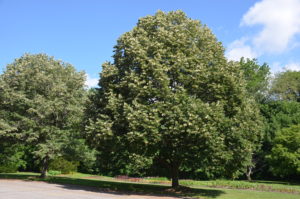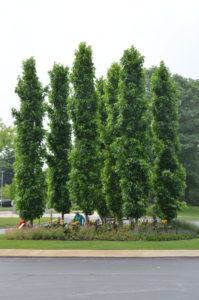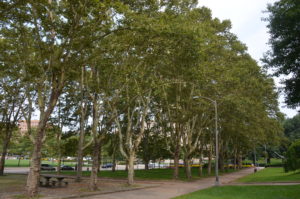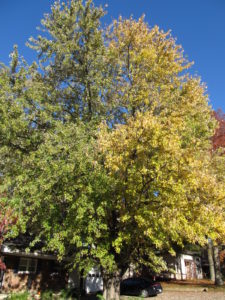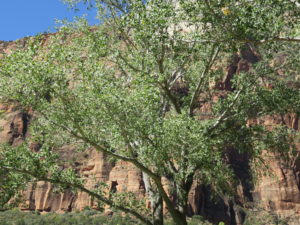Weeping forms of willows (Salix spp.), flowering cherries (Prunus spp.), pines (Pinus spp.), spruces (Picea spp.) and European beeches (Fagus sylvatica) are magnificent landscape features. Weeping forms of evergreen and deciduous trees develop strong upright central leaders, and their outward branches cascade downward. Among conifer species there are over 150 different cultivars with pendulous habits.
Here is a list of 28 weeping tree species. I have tried to choose the best cultivars available in the U.S. nursery trade. Weeping cultivars tend to be a bit more pricier than non-weeping forms. A nursery usually must put an additional 2-4 years in staking and pruning young trees.
- Weeping Japanese Maples (Acer palmatum) –‘Ryusen’, ‘Matsukake’, ‘Omuyarama’, ‘Green Cascade’ among others
- Weeping river birch (Betula nigra) ‘Summer Cascade™’
- Weeping birch (Betula pendula) ‘Youngii’, ‘Carelica’, ‘Dalecarlica’, ‘Golden Cloud’, ‘Gracilis’, ‘Laciniata’, ‘Purpurea’
- Weeping katsura tree (Cercidiphyllum japonicum) – ‘Pendula’, ‘Tidal Wave’, ‘Amazing Grace’
- Weeping redbud (Cercis canadensis) – ‘Traveller’, ‘Ruby Falls’, Lavender Twist® (‘Covey’), ‘Whitewater’
- Weeping Blue Atlas cedar (Cedrus atlantica) ‘Pendula’
- Weeping Himalayan cedar (Cedrus deodara) ‘Pendula’
- Weeping beech (Fagus sylvatica) – ‘Pendula, ‘Purpurea Pendula’, ‘Pendula’, ‘Atropunicea’, ‘Atropurpurea’, ‘Purpurea Pendula’
- Weeping Japanese Larch (Larix kaempferi) ‘Pendula’)
- Weeping crabapple (Malus x ) – ‘Red Jade’, ‘Louisa’, ‘Luwick’, Molten Lava™ (‘Molazam’), ‘Royal Fountain’, several others
- Weeping white mulberry (Morus alba) – ‘Pendula’ (female clone –sets fruits); ‘Chaparral’ (male clone – no fruits)
- Weeping blackgum (Nyssa sylvatica) ‘Autumn Cascade’
- Weeping Norway spruce (Picea abies) ‘Pendula’
- Weeping Serbian spruce (Picea omorika) ‘Pendula
- Weeping white pine (Pinus strobus) ‘Pendula
- Weeping Flowering Apricot (Prunus mume) ‘Pendula’
- Weeping cherries (Prunus serrulata) ‘Kiku-shidare-zakura’
- Weeping Higan cherry (Prunus subhirtella) ‘Pendula’, ‘Pendula Alba’, and ‘Pendula Rubra’
- Yoshino cherry (Prunus x yedoensis) ‘Snow Fountains’
- Weeping willow (Salix spp.) – many weeping cultivars listed S. babylonica; add Contorted leaf willow (Salix matsudana ‘Tortuosa’)
- Japanese styrax (Styrax japonica) – ‘Pendula’, ‘Carillon’
- Japanese Pagoda Tree (Styphnolobium japonicum) ‘Pendula’
- Bald cypress (Taxodium distichum) – ‘Cascade Falls’, ‘Falling Waters’ (both grafted shrub forms that may be trained into small weeping tree forms)
- Little leaf linden (Tilia cordata) – ‘Pendula Nana’ and ‘Girard’s Pendula Nana’ (both are dwarf forms)
- Weeping Silver Linden (Tilia petiolaris) ‘Pendula
- Canadian hemlock (Tsuga canadensis) ‘Pendula’ – several weeping shrub forms
- Camperdown elm (Ulmus glabra) ‘Camperdownii’
- Weeping Alaskan cedar (Xanthocyparis nootkatensis) ‘Pendula’, ‘Jubilee’, ‘Strict Weeping’

